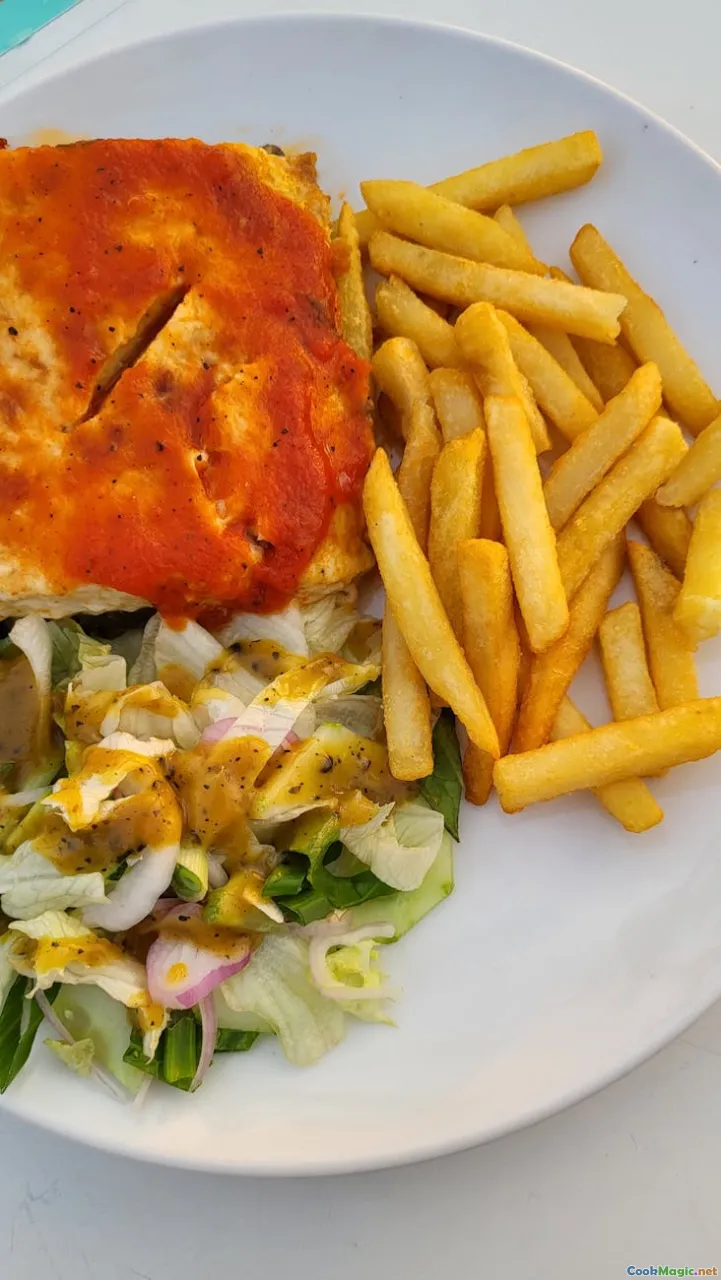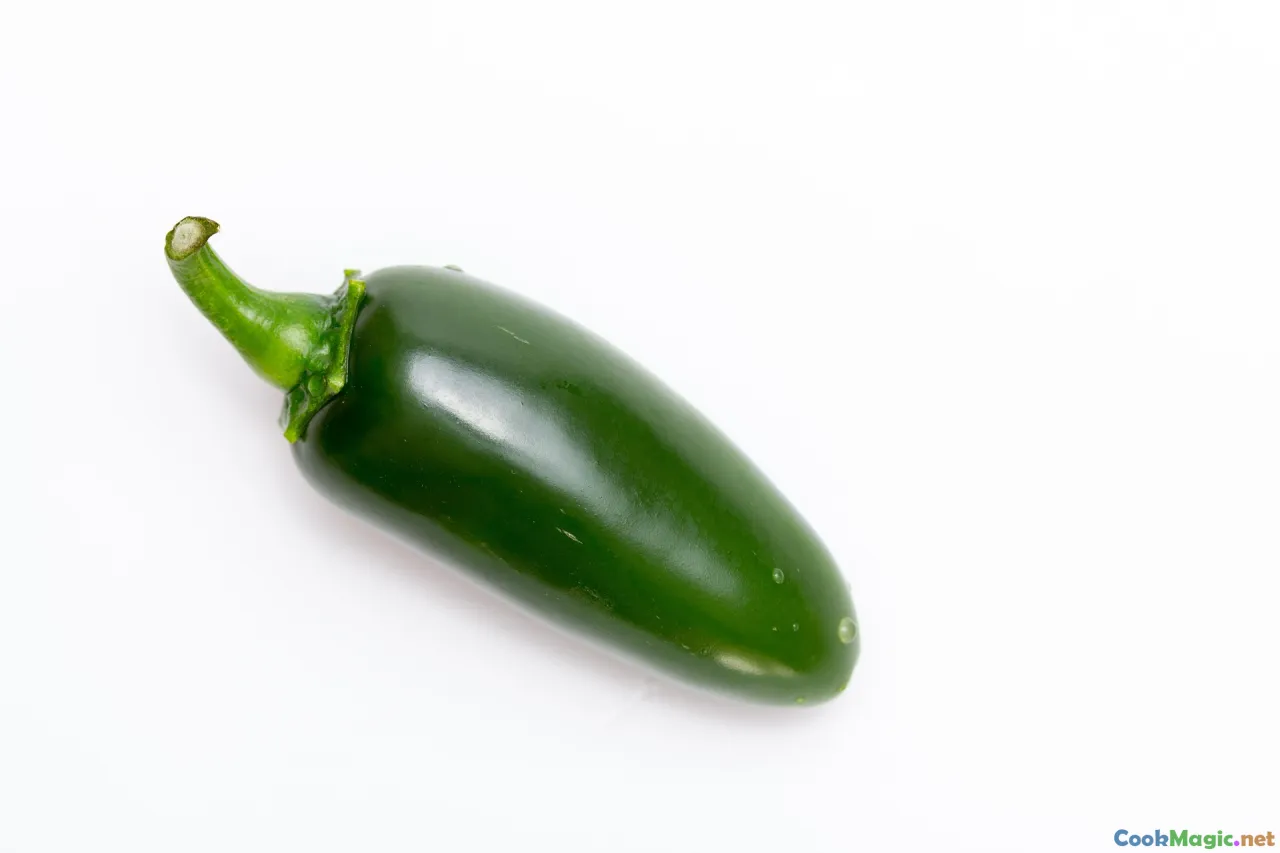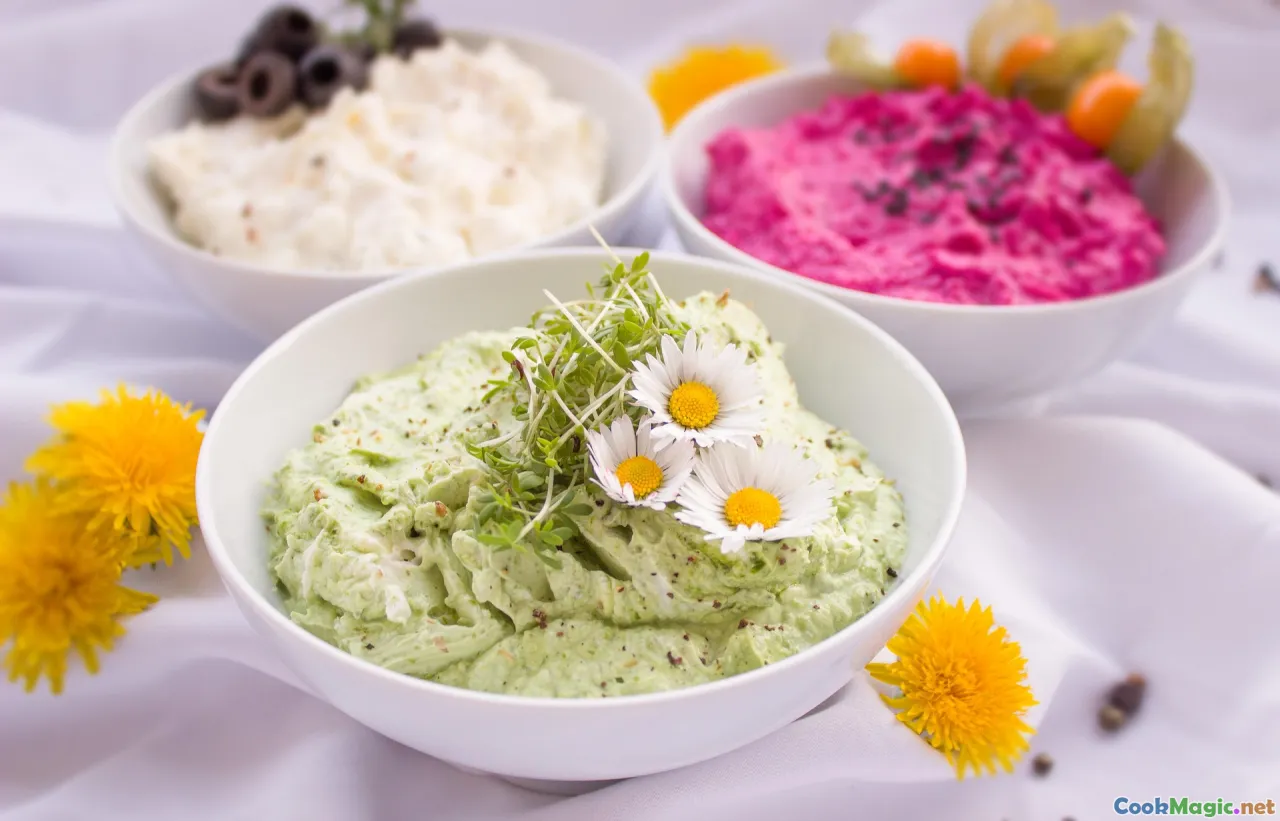Discovering Regional Variations of Rendang
11 min read Explore the diverse regional styles of Rendang, uncovering cultural influences and unique flavors across Malaysia. August 20, 2025 18:05
Discovering Regional Variations of Rendang
Few dishes evoke the heart and soul of Malaysian cuisine quite like rendang. With its fragrant symphony of spices, rich layers of coconut milk, and melt-in-your-mouth tenderness, rendang is more than just a celebratory dish—it’s a cultural tapestry woven through generations. Yet, beyond its reputation as a national icon, rendang’s many regional variations tell unique stories of local ingredients, historical exchanges, and culinary philosophies.
Join me on a flavorful journey across Malaysia’s diverse terrains, as we explore the distinct rendang styles—from the lush highlands of Pahang to the bustling streets of Johor—and uncover what makes each version a fingerprint of its homeland.
The Heartbeat of Rendang: A Cultural Melting Pot 
Rendang’s origins trace back centuries, with roots intertwined with Minangkabau traditions from West Sumatra, Indonesia, before finding a welcoming home in Malaysian soil. It’s a dish born of patience—a slow roasting of beef in a blend of local spices, coconut milk, and herbs, allowing flavors to meld and intensify.
In Malaysia, rendang transcends mere nourishment; it embodies notions of abundance, community, and cultural pride. It’s often served at weddings and festivals, symbolizing prosperity and togetherness. This cultural significance deeply influences its regional variants—each entrenching local identity into the fabric of this beloved dish.
Rendang in the West Coast: The Deeply Spiced, Drier Style of Negeri Sembilan and Perak 
Travel to the western parts of Peninsular Malaysia, and you’ll find rendang that’s starkly different from its southern or eastern counterparts. Negeri Sembilan, known for its Minangkabau heritage, tends to craft a rendang that balances robustness with a drier, more concentrated flavor.
This rendang is characterized by a visibly reduced sauce—almost like shredded beef infused with layers of spice. It often uses simpler ingredients such as turmeric, lemongrass, and galangal, cooking for hours until the coconut oil separates and the texture becomes intensely fragrant and tender.
Personal insight: I once visited a small village in Negeri Sembilan, where I watched an elderly chef meticulously stir a huge cauldron for hours—each turn releasing a hypnotic aroma of spices and toasted coconut. This rendang was a testament to patience and precision—a dish that preserves culinary history in every bite.
How to Make Negeri Sembilan Rendang
Ingredients:
- 1 kg beef chunks
- 2 cups coconut milk
- 3 stalks lemongrass, bruised
- 1 turmeric root, grated
- 1 tablespoon turmeric powder
- 2-inch ginger, sliced
- 4 cloves garlic, minced
- 3 shallots, sliced
- Salt and sugar to taste
Instructions:
- Blend spice ingredients—turmeric, ginger, garlic, shallots—into a coarse paste.
- In a pot, sauté paste until fragrant.
- Add beef, coconut milk, and lemongrass.
- Simmer on low heat, stirring occasionally, until the sauce reduces and oil separates.
- Serve with steamed rice—enjoy a flavorful, fibrous rendang with a spicy, aromatic backbone.
The Spicy Grandeur of Johor: A Sweet and Spicy Rendang 
Heading to the southern coast, Johor’s rendang brings a fiery twist—often infused with a hint of sweetness from rejected pebbled sugar or sweet palm syrup. The flavor profile leans toward a spicy, slightly sweeter, more robust end of the spectrum.
In Johor, rendang is sometimes paired with pandan chicken or served with ketupat (rice cakes), offering a palate-expanding contrast. The style is also wetter, with a delectably thick sauce clinging to tender chunks of beef.
Personal note: During a festive season in Johor Bahru, I was served rendang alongside a vibrant sambal tempoyak—a fermented durian sambal—that heightened the boldness of the dish while adding a tropical tang.
How To Achieve Johor-Style Rendang at Home
Ingredients:
- 1.5 kg beef brisket
- 2 cups thick coconut milk
- 4 finger-length red chilies, blended
- 2 tablespoons tamarind paste
- 3 tablespoons sugar
- 2 stalks lemongrass
- Spices: cumin, coriander, turmeric
Method:
- Prepare spice paste with chilies, cumin, coriander, turmeric.
- Sauté spice paste with lemongrass until fragrant.
- Add beef and coconut milk, simmer to a thick, glossy consistency.
- Stir in tamarind and sugar, adjusting seasoning.
- Serve with fragrant rice and a drizzle of spiced coconut sauce.
The East Coast Secrets: Rendang of Kelantan and Terengganu 
On the east coast, rendang boasts a uniquely delicate, aromatic quality, influenced heavily by local herbs such as daun kaduk (wild betel leaves) and kerisik (toasted shredded coconut). Kelantanese rendang leans towards a more harmonious balance—less fiery and more layered with complexity.
A hallmark of Terengganu rendang is its subtle sweetness and hints of authentic coastal herbs, giving the dish a fresh, almost briny aroma that transports you to seaside market stalls. The cooking process here often involves a blend of fresh herbs, anchovies for umami, and a longer, gentle simmer.
Personal reflection: I once intwined my fingers with a Kelantanese grandmother’s, as she meticulously massaged her rendang’s spice mixture while singing a traditional lullaby—here, culinary practice becomes an act of cultural preservation.
How to Craft East Coast-Inspired Rendang
Ingredients:
- 1 kg beef or chicken
- 1 cup kerisik (toasted coconut)
- 1 cup coconut milk
- Herbs: daun kaduk, pandan leaves
- Spice blend: turmeric, ginger, garlic
- Anchovy paste or dried anchovies
Preparation Tips:
- Use fresh herbs for a fragrant base.
- Roast coconut to make kerisik for depth.
- Cook low and slow, allowing flavors to deepen.
- Finish with toasted coconut—adding texture and nutty aroma.
Closed with patience and attentiveness, this style yields a rendang layered with coastal essence—a true taste of Malaysia's eastern shores.
Comparing and Contrasting the Variations: A Tasting Journey 
Seeing these rendang styles side-by-side, a vivid picture emerges: each region weaves its local produce, traditions, and tastes into a distinct rendition. The drier, intense rendang from Negeri Sembilan stands in contrast to the moist, mildly spicy Johor version, while the aromatic, herbaceous east coast rendang offers a lighter, more nuanced experience.
Taste-wise, the western rendang boasts a smoky, concentrated depth; the southern type sings with heat and sweet accents; the east coast rendition whispers with fresh herbs and delicate coconut aroma. The differences aren’t merely in ingredients—they echo historical trade routes, cultural influences, and environmental factors.
Personal thought: I find that understanding these subtle distinctions elevates ‘eating’ into a cultural dialogue, a form of storytelling through flavor.
Final Thoughts: Embracing Malaysia’s Culinary Diversity 
Rendang isn’t just a dish; it’s a living, breathing testimony to Malaysia’s cultural mosaic. By exploring regional variations, we unearth stories of migration, spices from distant lands, and the perseverance of local traditions. Each spoonful of rendang embodies the warmth of communal kitchens and the pride of generations.
Next time you savor rendang, pause and appreciate its intricate tapestry—an edible map of Malaysia’s diverse landscapes and histories. To truly taste Malaysia, one must embrace its regional rendang variations: a symphony of flavors that celebrates local identity while uniting us in a spicy, hearty embrace.
Happy exploring—and may your culinary adventures always be rich with discovery!















